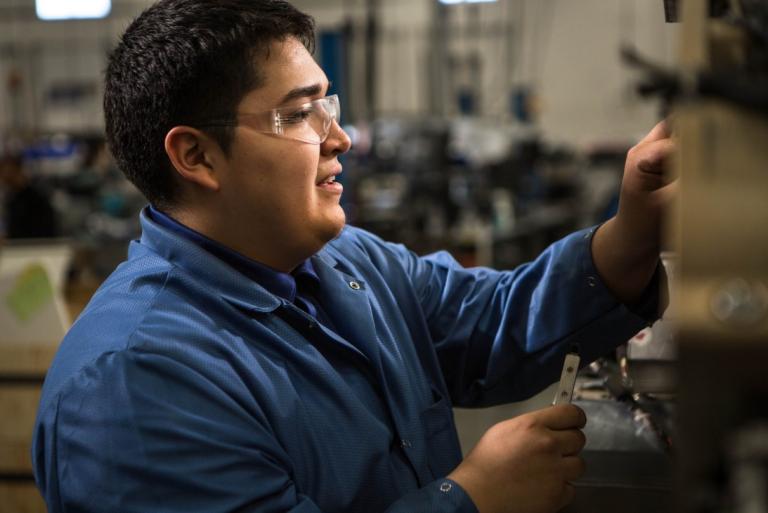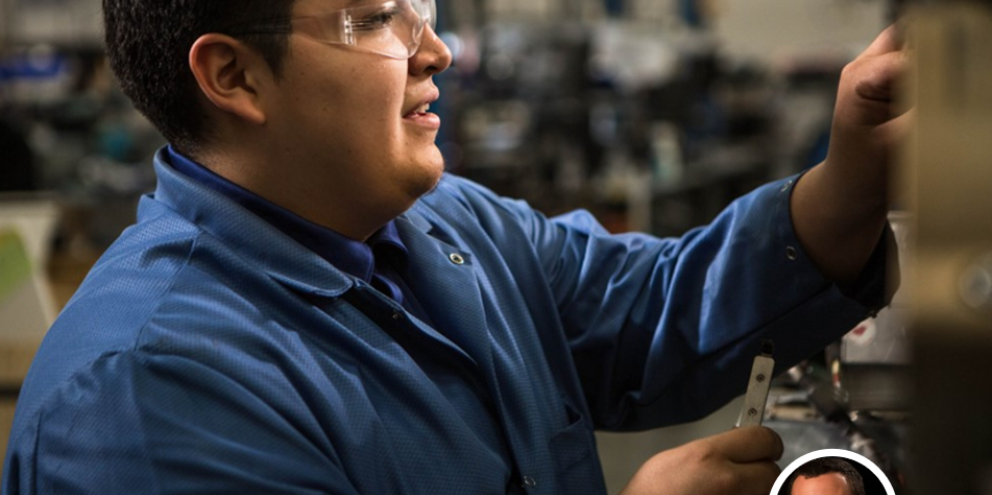
Clinical engineers—who are also often referred to as biomeds, biomedical engineers, or biomedical equipment technicians—are an integral component of patient care and patient safety. We ensure the clinical team has the right equipment, in the right place, at the right time–every time. Yet, we also face significant and escalating challenges that are threatening our efficacy and could begin to jeopardize our ability to support optimal care delivery.
In the first half of this two-part series, I highlighted three of the biggest challenges that clinical engineering teams are facing: Managing the influx of connected medical devices, addressing medical device cybersecurity risks, and navigating clinical engineer resource and workforce shortages. In this piece, I’ll explore some of the innovative approaches that healthcare organizations and clinical engineers are taking to overcome these challenges.
1. Provide clinical engineers with specialized medical device training
- Device preventive maintenance
Over the past few months, the GE HealthCare Patient Care Solutions Services team has interviewed clinical engineers from hospitals and health systems across the country. The overall goal? To learn more—directly from clinical engineers—about their pain points, challenges, and perspectives.
Many of the clinical engineers interviewed stated that the vendor device training they receive is too high level. When securing training for clinical engineers, ensure it includes detailed information on troubleshooting, and ask the vendor to hold at least one session that focuses solely on answering trainees’ questions. One of the clinical engineers interviewed noted that this is a training strategy employed within his organization. “Our training has become more specialized toward our particular troubleshooting, which has been really wonderful”[1].
Hospitals and health system leaders should also prioritize ongoing technical training for clinical engineers, and they should provide a variety of training opportunities, including hands-on in-person training, off-site training with original equipment manufacturers, and virtual, on-demand courses[2]. In-person and off-site training should focus on specific tasks, including:
- Device calibrations/configurations
- Device repairs and troubleshooting
- Basic network troubleshooting and cybersecurity training
Hospitals and health systems should also keep in mind that investing in additional medical device training opportunities for clinical engineers can go a long way toward enhancing career satisfaction, particularly as it can enhance retention amid workforce shortages.
2. Build-in additional support through a services agreement
Services agreements can play a key role in helping organizations address operational and medical device maintenance challenges by reinforcing in-house clinical engineers with people, parts, and productivity tools. As one of the clinical engineers interviewed stated, “We have a good mixture of devices that we service in-house, and there are quite a bit of devices that are just honestly too complicated that we can't service … We have a dedicated team that handles those service contracts”[3].
The most effective service partners will easily provide a customized services plan to meet your organization’s unique needs[4]. Some hospitals and health systems, for example, benefit from 24/7 on-site clinical engineers provided by the services partner, while others may prefer as-needed, on-call support. Still others may benefit from a remote support model, in which off-site engineers assist with medical device maintenance, updates, cybersecurity, technical support, and more.
3. Move beyond break-fix to proactive medical equipment lifecycle management
As devices become more complex and more connected, it’s critical for hospitals and health systems to move toward a medical equipment lifecycle management approach [5]. This approach—which should include corrective and planned maintenance, cleaning and distribution, as well as disposal of equipment when it reaches end of life—can help maximize equipment utilization and can help ensure that clinicians have the right equipment, in the right place, at the right time.
Investing in proactive lifecycle management service solutions as early in a product’s lifecycle as possible has multiple benefits, including:
- Ensuring devices run smoothly
- Minimizing device disruptions
- Extending the life of equipment
- Saving costs and resources[6].
4. Keep cybersecurity top of mind for clinical engineers and IT
As part of a strong medical device cybersecurity strategy, hospitals and health systems should train clinical engineers—alongside IT team members—to recognize and prevent cybersecurity risks, including keeping software patched and updated.
Hospital and health system leaders should also consider how much detail is readily accessible to clinical engineers and IT about their networked devices, and whether clinical engineers and IT have appropriate resources for monitoring the different types of networks, and network infrastructure, across their facility. An effective asset management and network monitoring solution can help clinical engineers and IT staff automatically inventory assets, profile device behaviors and risks, and monitor devices and network infrastructure to identify issues before they impact patient care[7].
Final Thoughts
As hospital and health team leaders continue to work to address these three primary challenges, it’s critical to consider every resource available, from specialized training and services agreements to proactive lifecycle management, to support the team that contributes so much to keeping clinical devices ready to go for patient care.
Additional levels of support can help reinforce our expertise and ensure our teams are best equipped with the full array of security tools, software updates, and workflow processes that guarantee patient safety—and organizational health.
Every day, you work hard to ensure equipment is ready for care. With the right training and services, at the right time, GE HealthCare can help you keep your fleet completely ready for care along its lifecycle. Learn more about GE HealthCare Patient Care Solutions Services.
Sources:
1. Double-blinded research interviews conducted independently by Sage Growth Partners in March and April 2024
2. Technical Training, GE HealthCare
https://www.gehealthcare.com/education/technical-training
3. Double-blinded research interviews conducted independently by Sage Growth Partners in March and April 2024
4. Service Segments, GE HealthCare
https://www.gehealthcare.com/services/service-segments
5. 5 equipment lifecycle essentials that can impact patient care, GE HealthCare
https://www.gehealthcare.com/insights/article/5-equipment-lifecycle-essentials-that-can-impact-patient-care
6. Service Solutions, GE HealthCare
https://www.gehealthcare.com/services/service-agreements
7. ReadySee, GE HealthCare
https://www.gehealthcare.com/services/readysee

Mark Huy
Mark Huy - Client Service Technician at GE HealthCare
Mark has 12 years’ experience in Biomedical Engineering. Mark attends to imaging calls for X-ray, MRI, and Ultrasound, while servicing and maintaining a fleet of biomedical equipment at Central DuPage Hospital for GE Healthcare. As a Lead Tech, he is a critical part of construction meetings for new projects at the hospital.
Mark has his master’s degree in information security from Lewis University, and his undergraduate in Network Administrator and Electronic Systems Management in Biomedical Engineering, from Southern Illinois University.









